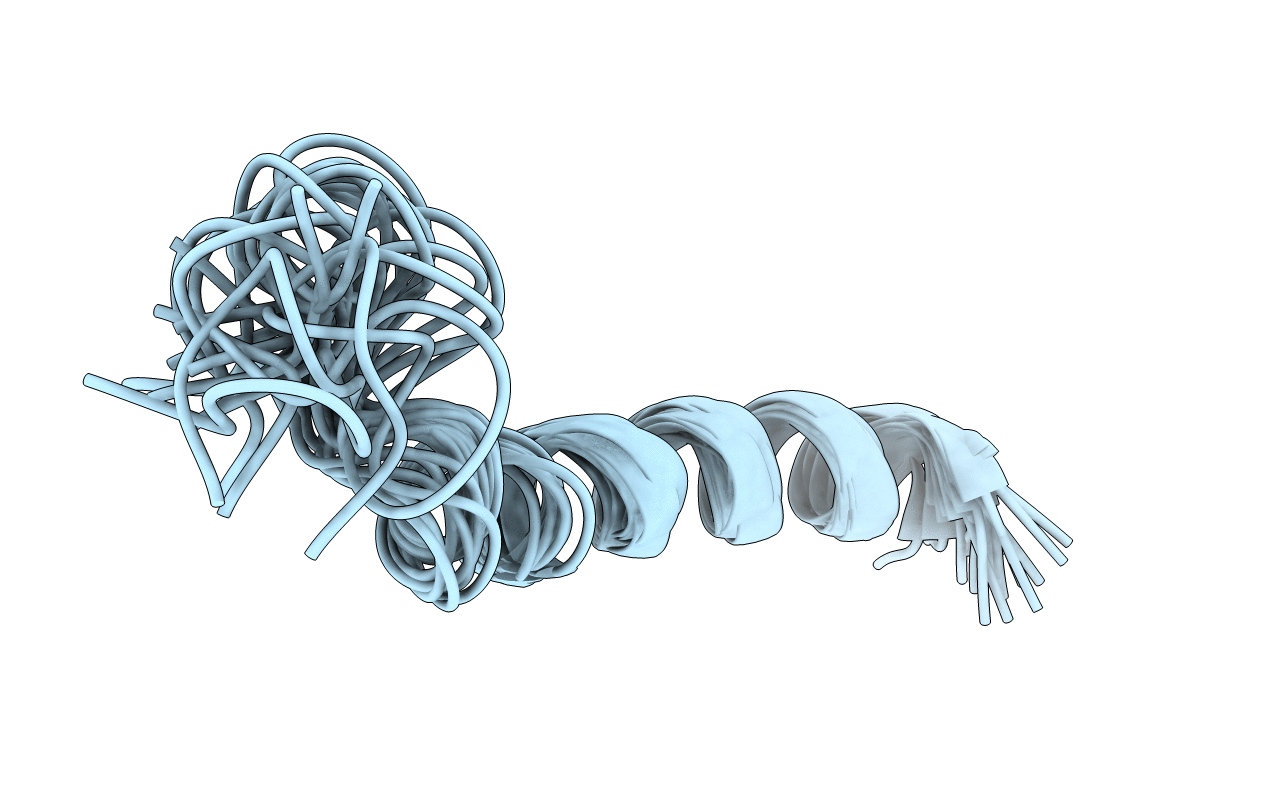Abstact
Scorpine is an antimicrobial and antimalarial peptide isolated from Pandinus imperator scorpion venom. As there are few functional and structural studies reported on scorpine-like peptides, we investigated the recombinant truncated N- and C-terminal domains as well as complete scorpine using biological assays and determined the N- and C-terminal structures using solution nuclear magnetic resonance. The study was conducted using recombinant N- and C-terminal peptides and complete scorpine expressed in Escherichia coli. The results showed that N-scorpine presented a random coil structure in water and adopted α-helical folding in the presence of 50% trifluoroethanol (TFE). C-scorpine contains three disulfide bonds with two structural domains: an unstructured N-terminal domain in water that can form a typical secondary alpha-helix structure in 50% TFE and a C-terminal domain with the CS-αβ motif. Our findings demonstrate cytolytic activity associated with C-scorpine, N-scorpine, and scorpine, as well as channel blocking activity associated with the C-scorpine domain.



